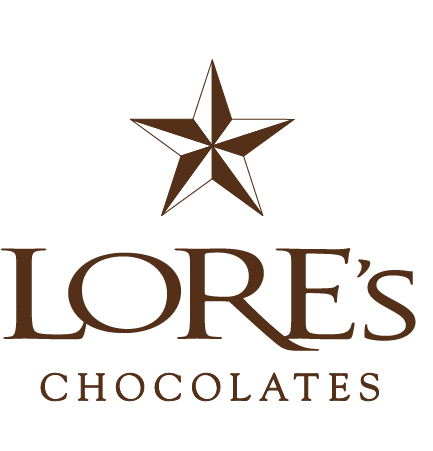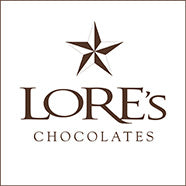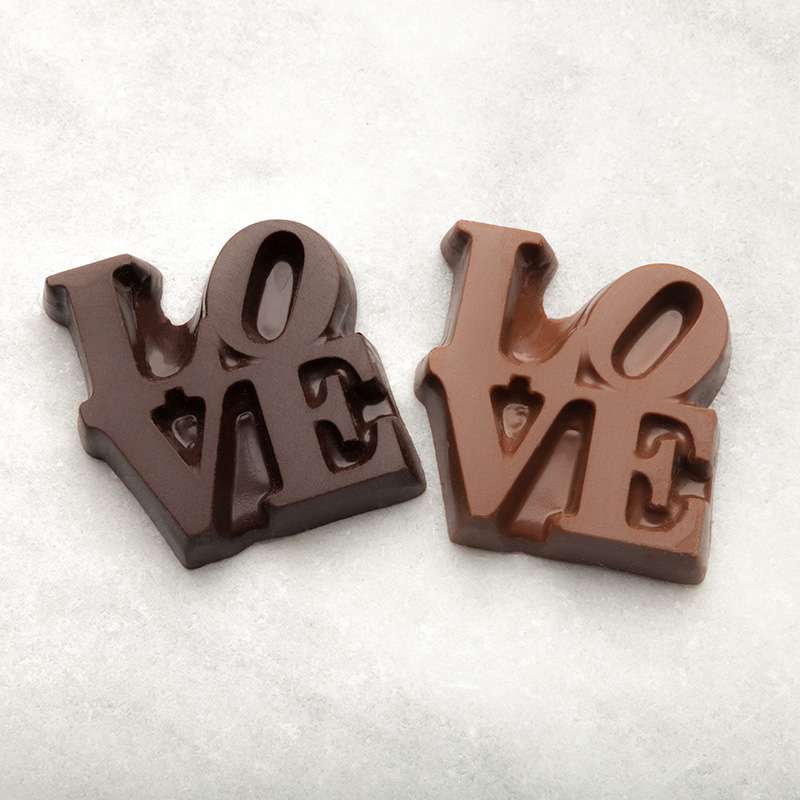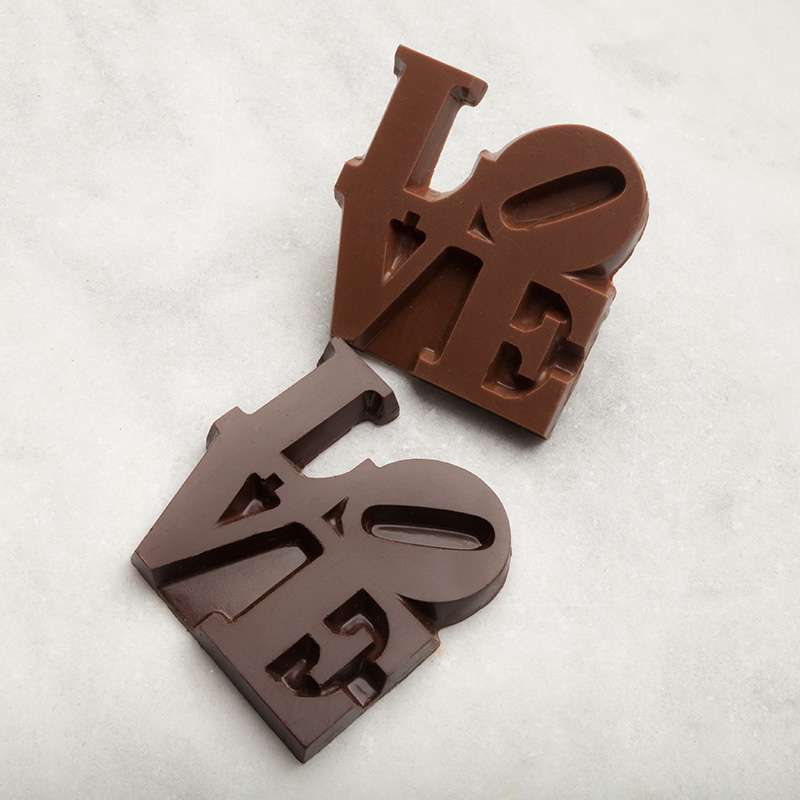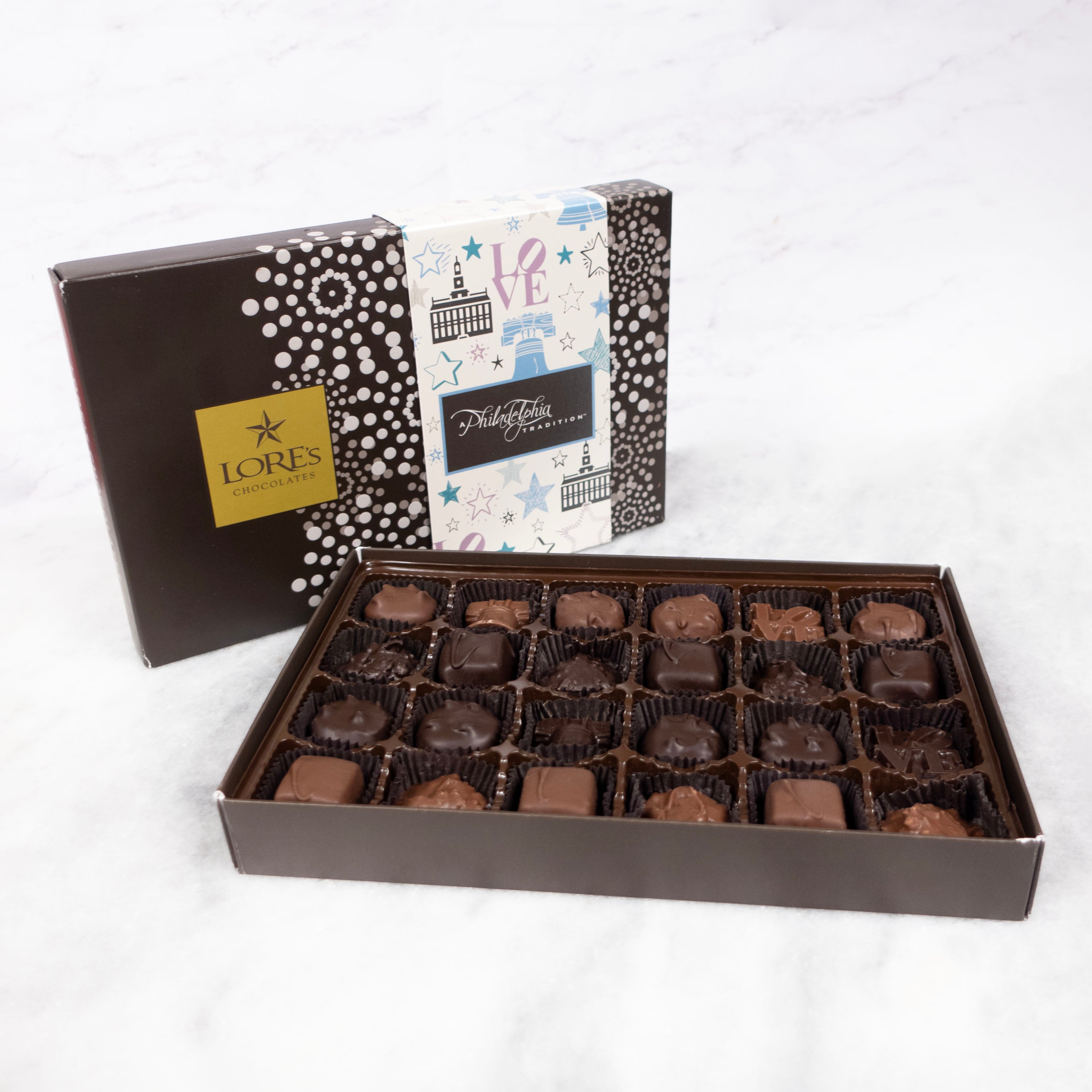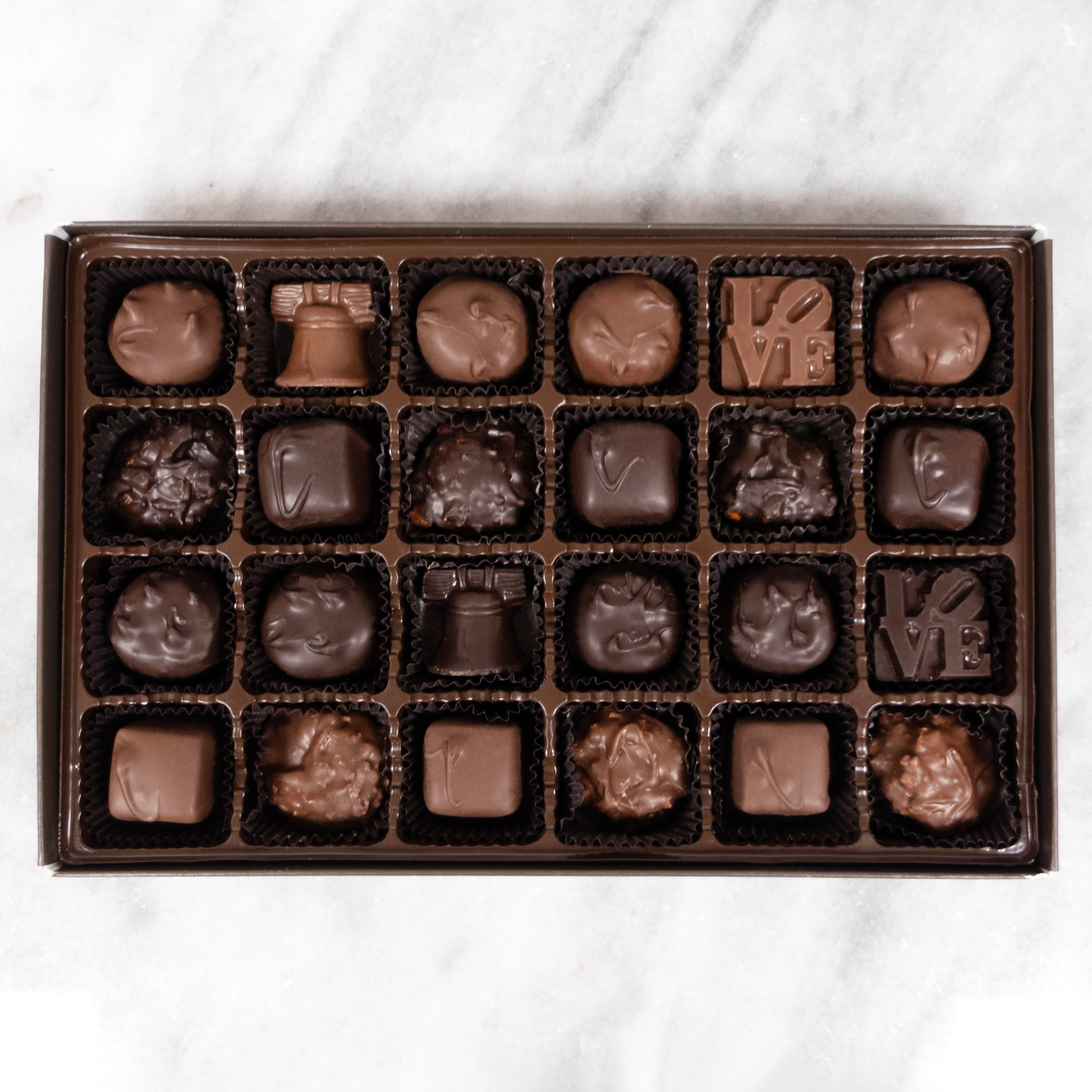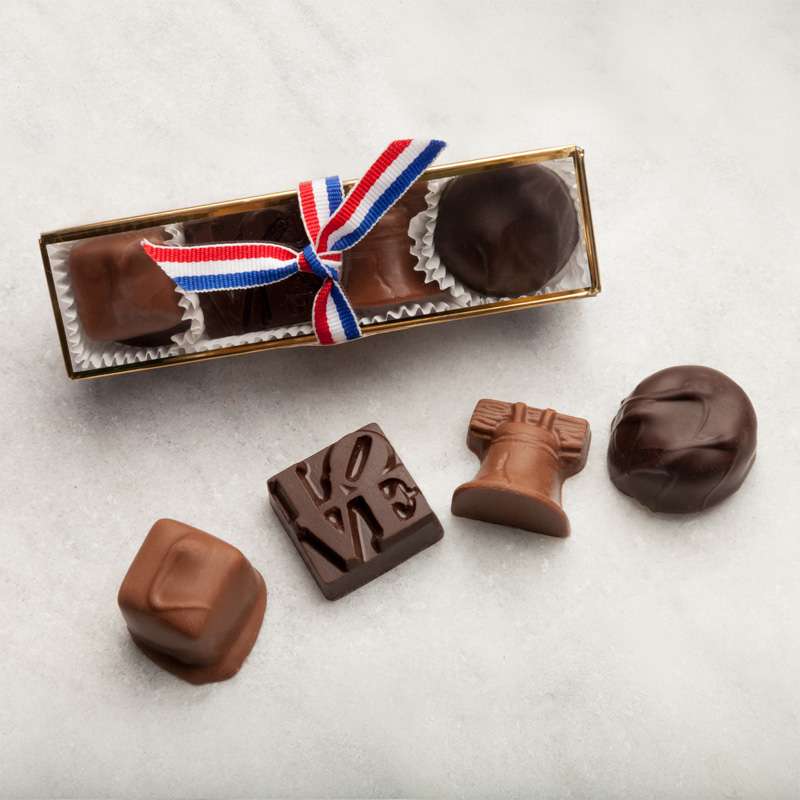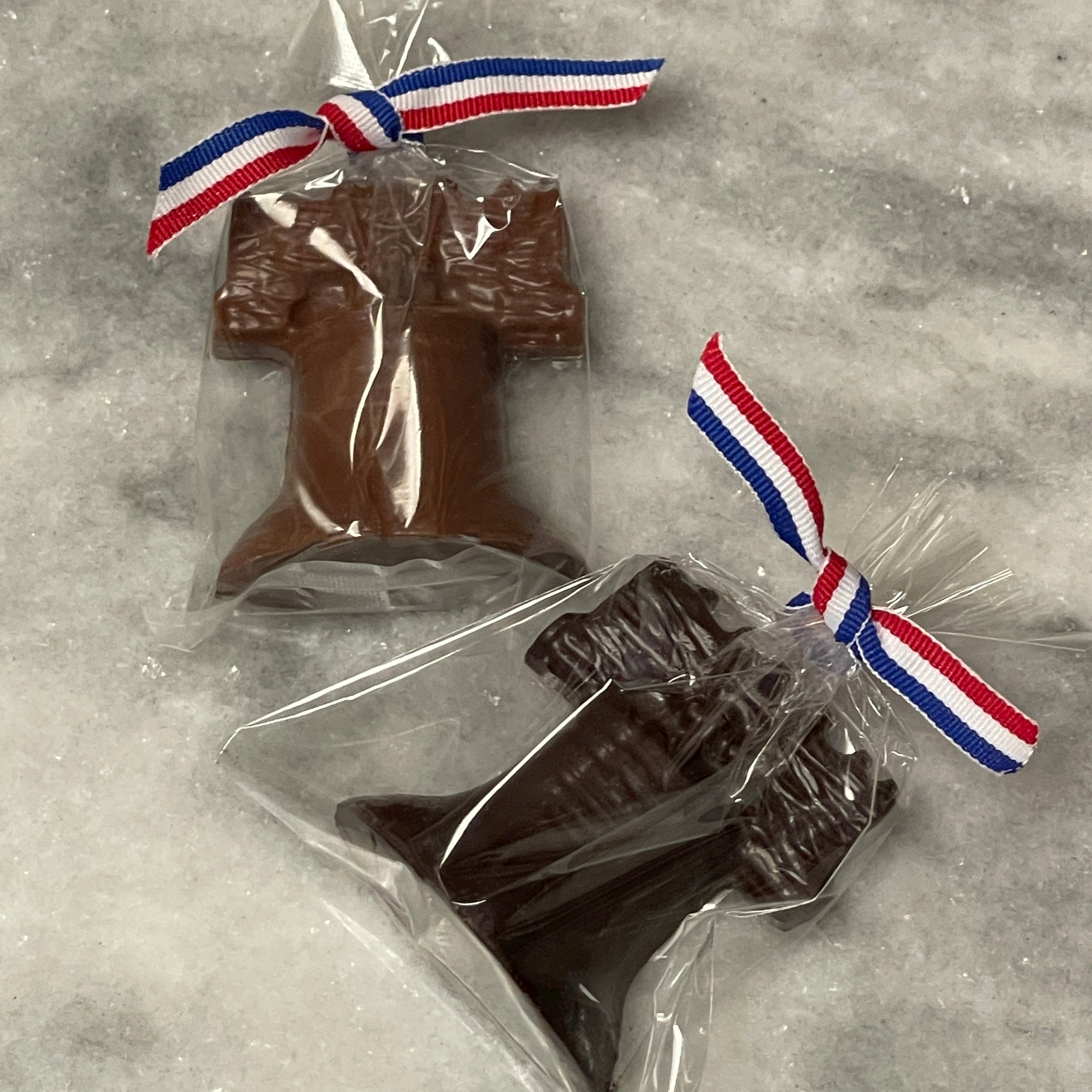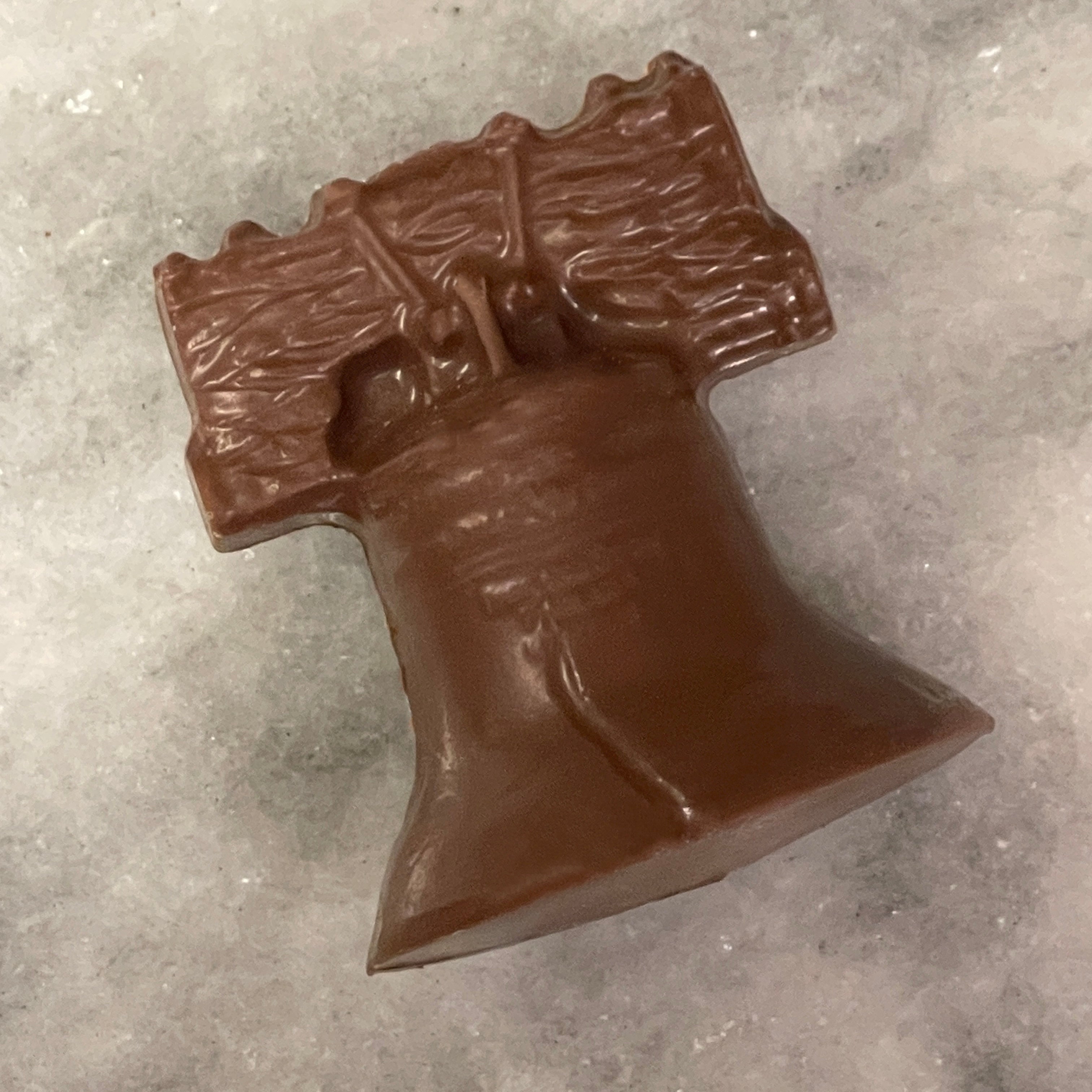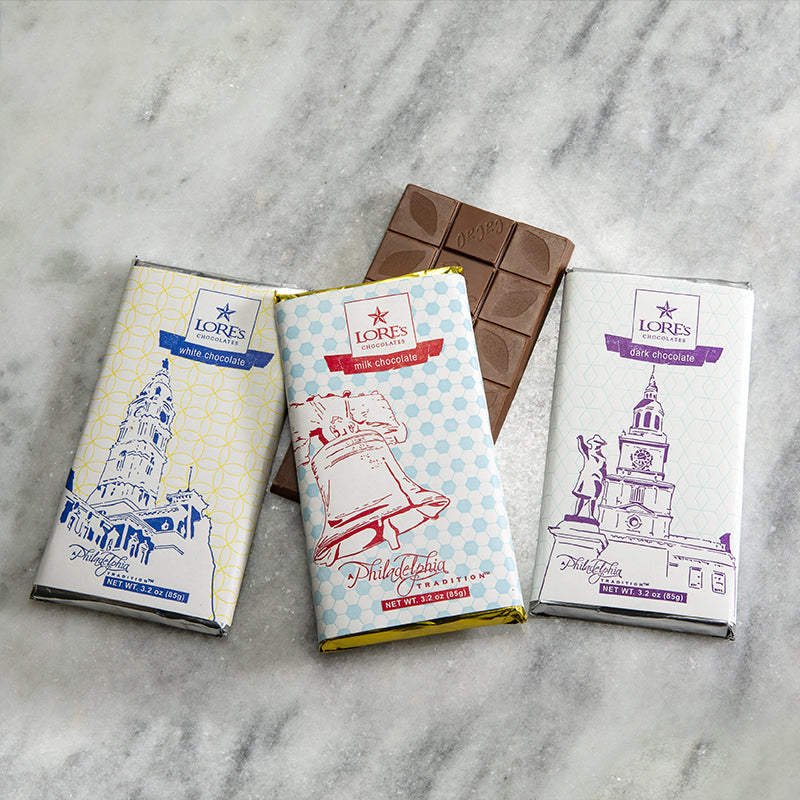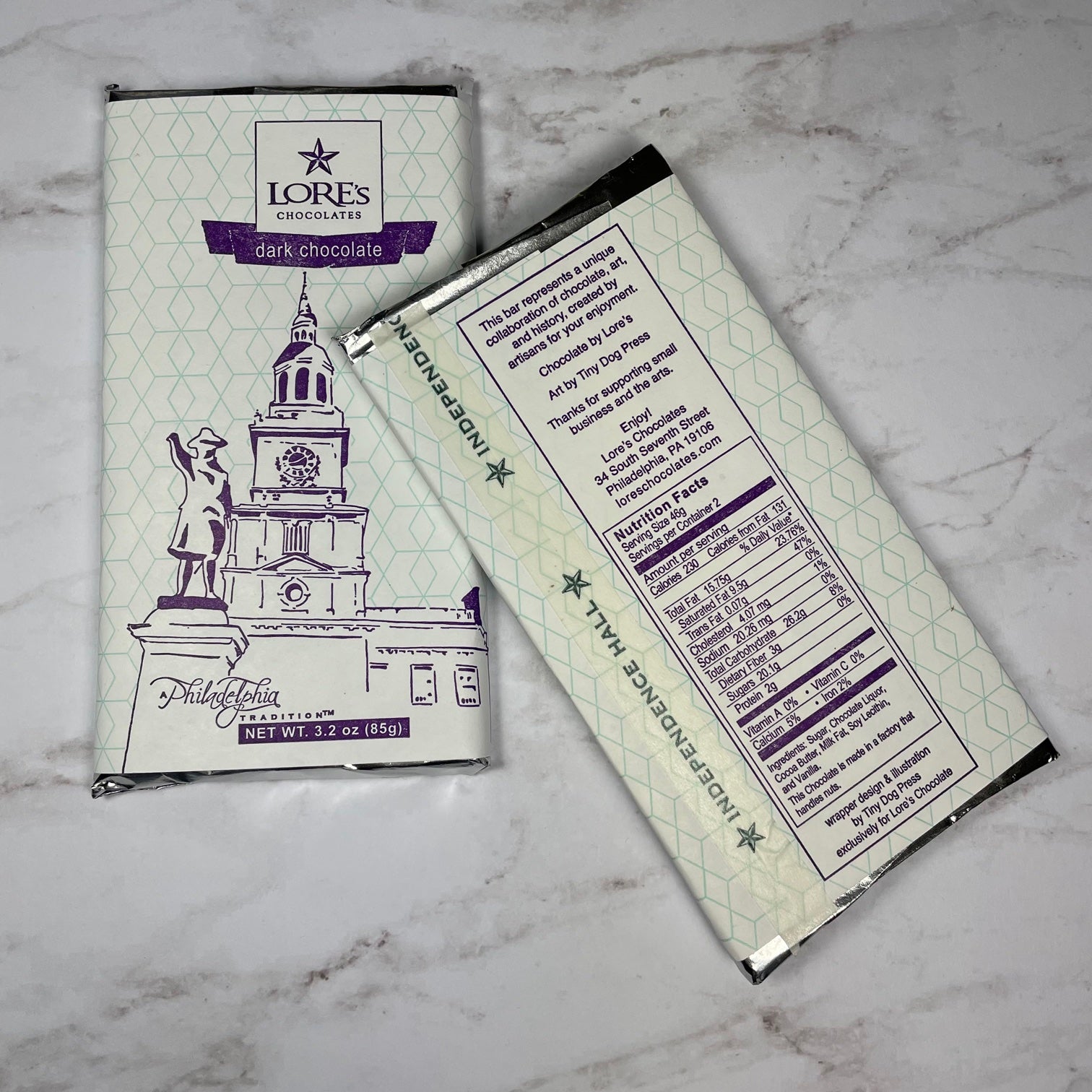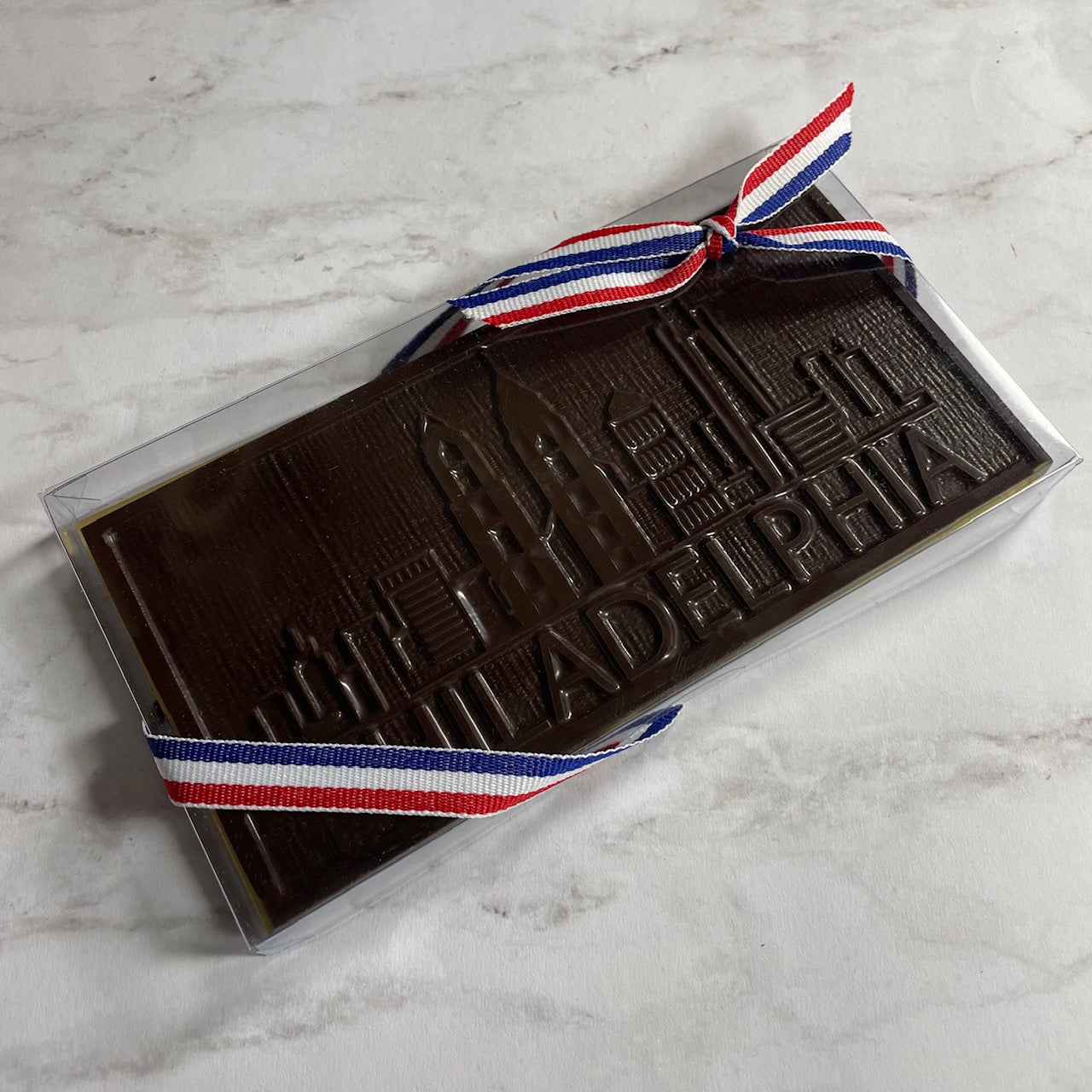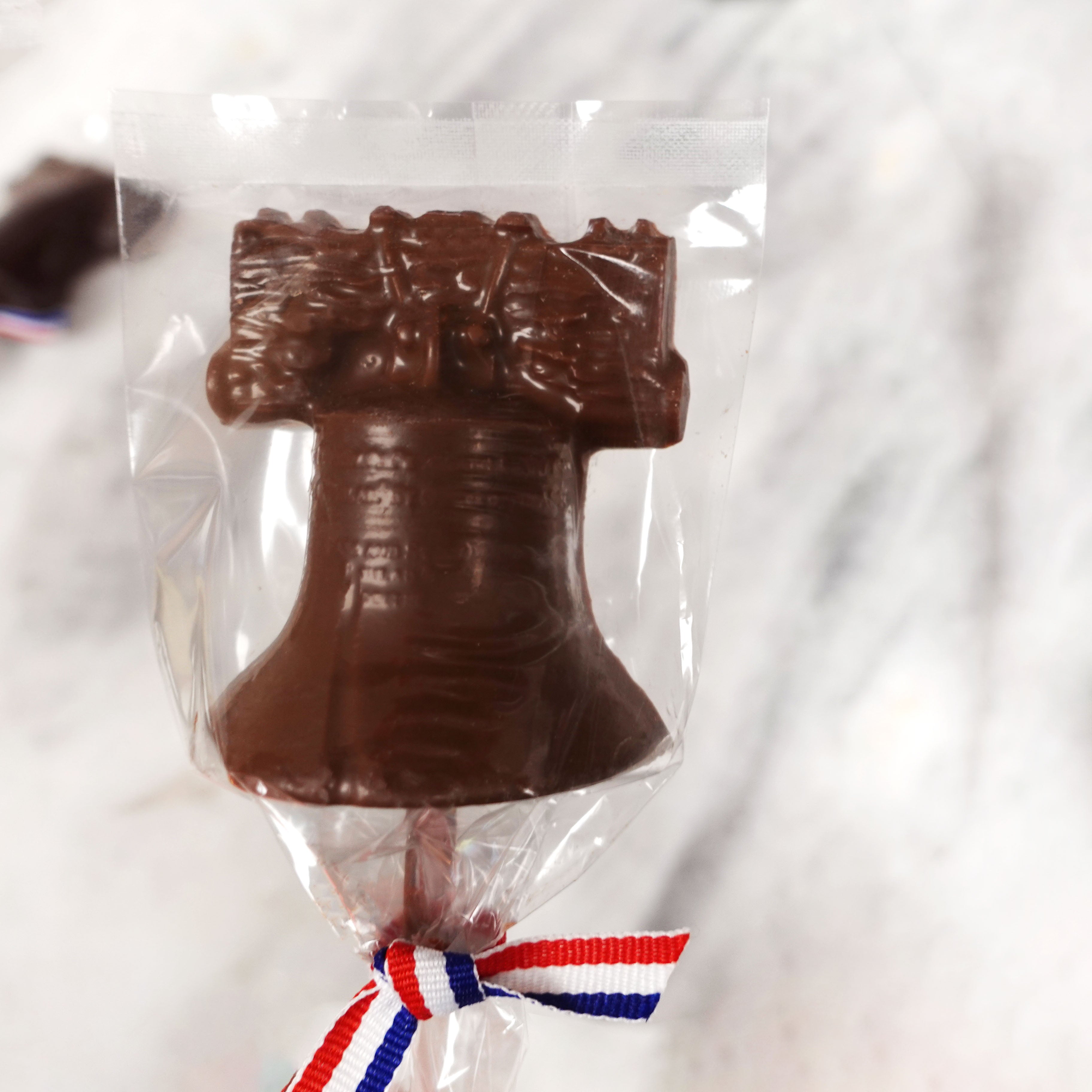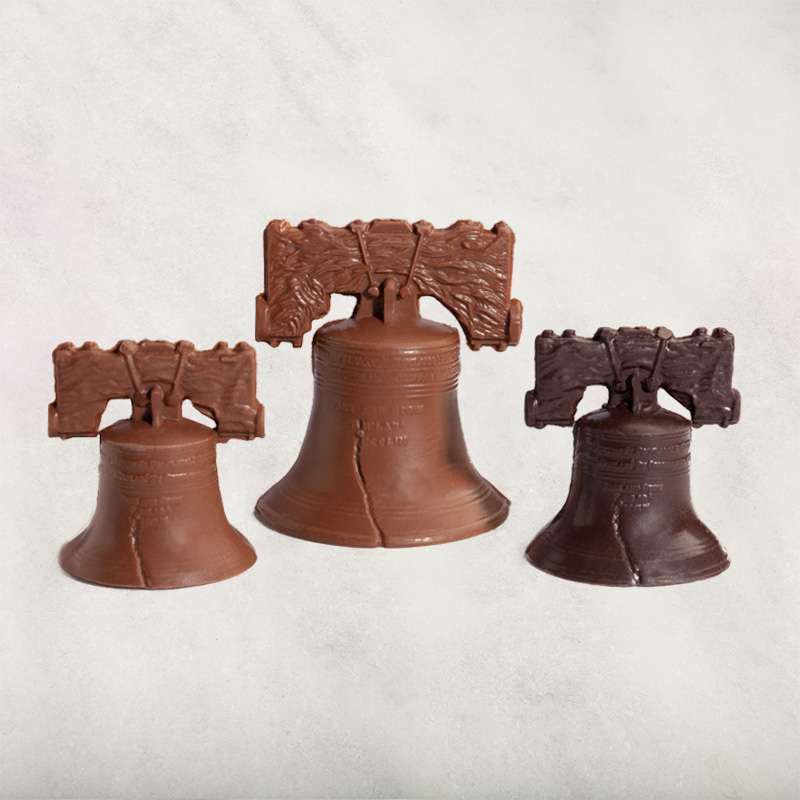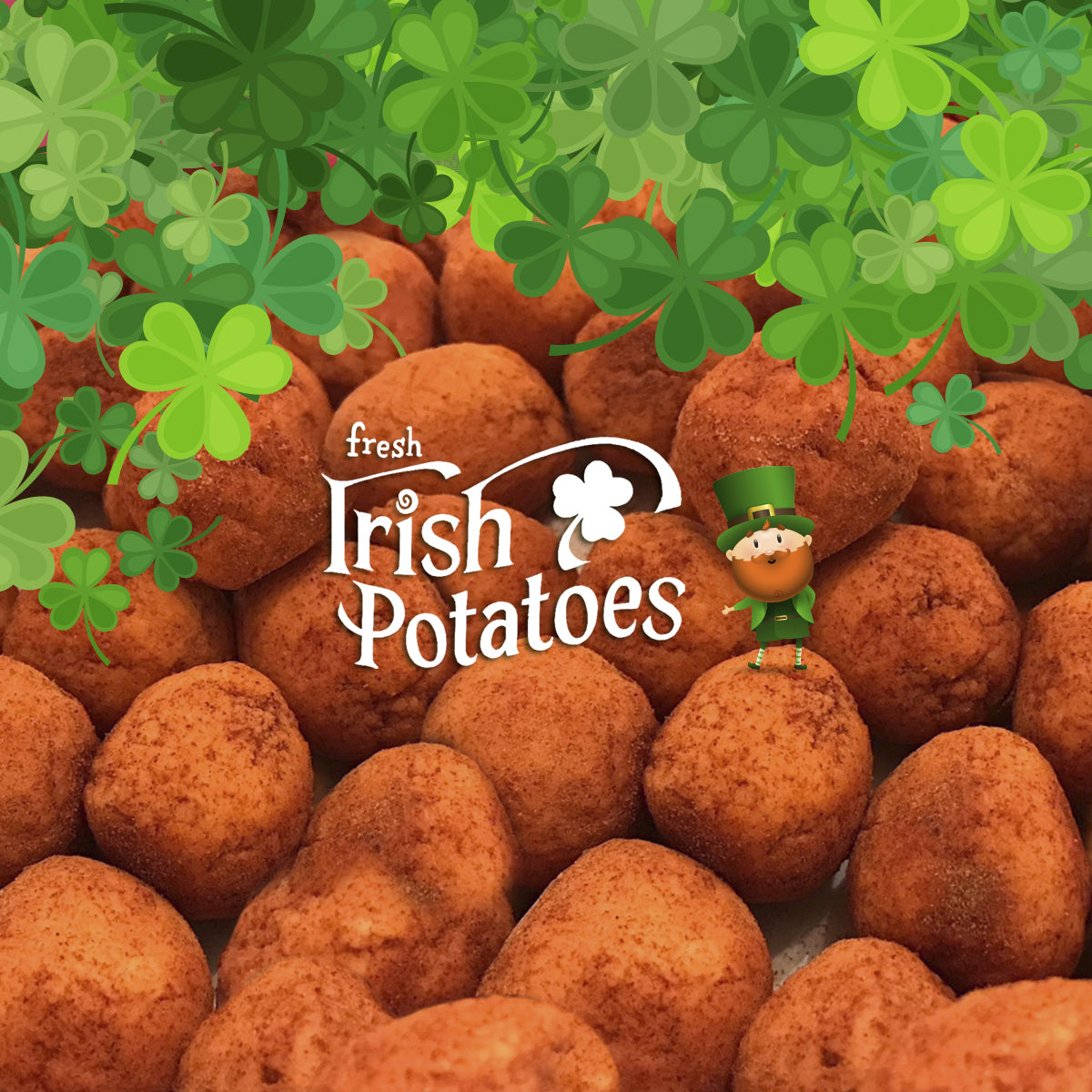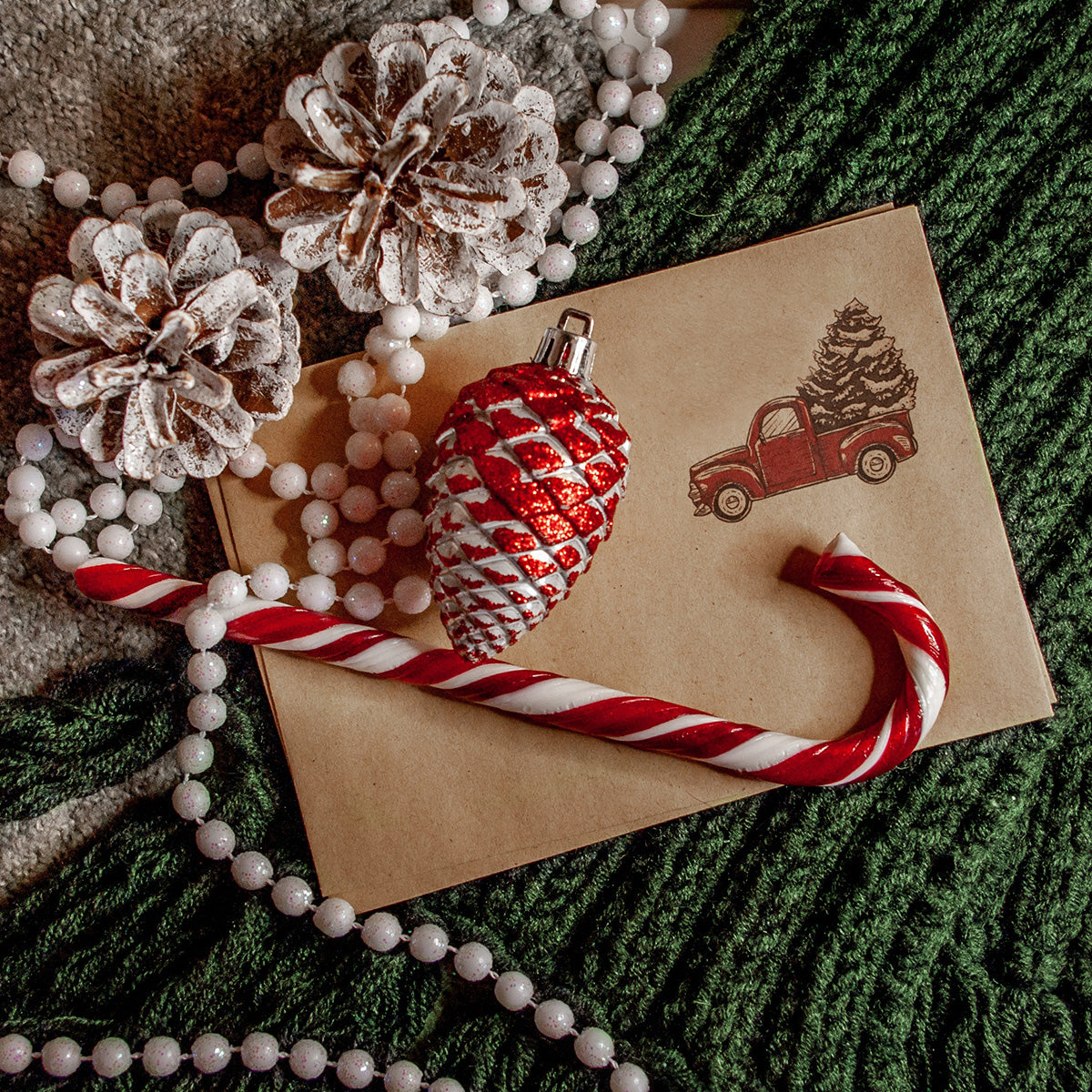
The Magic of Christmas
Since we are all about traditions here at Lore's Chocolates, we wanted to share the origin of some of the most beloved Christmas traditions. While the holidays start earlier and earlier every year, let's pretend it begins with that first opening of a door on your Advent Calendar...

When did the custom of advent Advent Calendars begin?
German Protestants would light candles or mark doors with chalk to count down the days until Christmas. Gerhard Lang was the first to print Advent calendars with pictures and Bible verses inside the calendar door in the early 1900s in Munich, Germany, where they became widely popular. During World War II production of Advent calendars was halted because of a cardboard shortage.
Advent calendars shot to fame in the US, when President Eisenhower and his grandchildren were photographed opening an advent calendar. Chocolate-filled calendars were introduced in the 1950s. Today you can find Advent calendars filled with just about anything, but chocolate is still our favorite.
What is the origin of the Candy Cane?
It is believed that candy canes came to be as a bribe to keep children quiet while the Living Creche ceremony was being held at the Cologne Cathedral in Germany back in 1670. A choirmaster at the cathedral is said to have handed out sugar stick candies shaped into shepherds' crooks to appease the people complaining that children should be eating candy during a somber mass.
Initially, candy canes were all white, with the red stripes and peppermint flavor added at the turn of the nineteenth century. Only in the 1950s was a machine invented and candy canes became mass-produced.
Who began the tradition of sending Greeting cards at Christmastime?
Another tradition from across the pond, but this time Great Britain. In the late 1830s, an Englishman named John Calcott Horsley began producing small cards with holiday greetings upon the request of Sir Henry Cole, who was overwhelmed by the amount of unanswered mail he had accumulated. Considered impolite he sought out the Holiday cards as an answer to his large amount of unanswered correspondence.
The first holiday cards were simple cardboard cards with a color picture on the front in addition to a "to... " and "from..." line. Postage was cheap back then and the newly introduced mail system provided an easy way to stay in touch with people. These simple Christmas cards became an overnight success and so began the tradition of sending annual holiday cards.
In America, a German immigrant named Louis Prang is credited with creating the first Christmas card in a print shop near Boston in 1875.
Yet, the greeting card industry was forever reinvented in 1915 when the Hall brothers created a larger format card that allowed people to include a note, but didn't require a whole letter and included an envelope. The Hall Brothers company changed its name a few years later to - no surprise here - Hallmark.

Who started the Christmas Tree tradition?
Another tradition with roots in Germany - pun intended - that started in the early 1600s, although they had been part of solstice celebrations for centuries. Christmas trees were initially decorated with paper, apples, nuts, and tinsel, with a star or angel atop to represent the Nativity in Bethlehem.
Christmas trees gained broader popularity in Germany after Johann Wolfgang von Goethe included a Christmas tree in his novel, The Suffering of Young Werther.
The first Americans to embrace a Christmas tree were German settlers in Pennsylvania. However, America did not widely adopt the Christmas tree until much later, as it was seen as a heathen tradition. Only after Queen Victoria was pictured with a tree became an acceptable part of the Christmas holiday.
Large numbers of German and Irish immigrants brought Christmas tree ornaments with them when they arrived in the 1890s and furthered the tradition in America. Over the years Rockefeller and Charlie Brown helped make the tree part of the American Christmas tradition.
What is Ribbon Candy and why do we only find it at Christmas time?
Traditionally made at Christmas time, ribbon candy was first made by candy shop owners as decoration. Warm sugar is flattened, then folded back and forth around the candy maker's thumb to create the wavy form.
Although mechanical crimpers were introduced in the 1800s it was still a labor-intensive process until a fully automated process was introduced.
What is St. Nicholas' connection to Christmas?
Saint Nick, the patron saint of children, was a bishop who lived in the fourth century in what is now Turkey. He was a kind man with a reputation for helping the poor and those in need. Legend has it he helped a poor family with three daughters who could not pay their dowry by first dropping a bag of gold coins down their chimney, which landed in a pair of boots that was left by the fireplace, then the second time in a stocking that was hung up to dry. When it was the third daughter's turn to get married, the father waited and caught St. Nicolas, who begged him not to tell people that he was behind the acts of good deeds.
Eventually, after more people received presents they figured out it was Nicholas, who was made a Saint because of his kindness. He was later persecuted and it is believed he died on 6th December in either 345 or 352, which is why many people celebrate St. Nicholas Day, and children put out their shoes or special St. Nicolas boots outside or by the fireplace in hopes of getting a few treats or small presents the morning of December 6th.
St. Nicholas' good deeds were part of the inspiration for Santa Claus hence the stockings hung by the fireplace.
Why did children find Coal in their stockings?
The tradition of receiving coal for Christmas if you were bad is said to have started in Holland in the 16th century, whereas good children received a small toy, cookies, or candy. Some believe this was a form of punishment, while others think it goes back to people being extremely poor and the piece of coal representing a little bit of warmth and comfort during the holidays.

Why do we decorate with Christmas Lights?
Twinkling lights are the epitome of the Christmas spirit - they lift spirits and make the dark, cold days of winter more bearable. Since real candles were a serious fire hazard, Christmas tree lights introduced by Edward Johnson in 1882 were a welcome invention. Johnson was a friend of the inventor Thomas Edison, who is credited with the invention of the lightbulb.
Johnson first hand-wired a very patriotic Christmas tree with 80 red, white, and blue light bulbs. However, it was not until several years later when president Grover Cleveland used hundreds of multi-colored electric Christmas lights at the White House in 1895, that he helped dispel some of the mistrust surrounding electricity in general and Christmas lights.
What about all of those Christmas Presents?
Gift-giving at Christmas time dates back many millennia starting with gifts from the Three Holy Kings to baby Jesus. American settlers celebrated in more rowdy behavior - the winter holiday being mostly reserved for adults - going door to door, singing carols, and offering a drink in exchange for gifts. Victorians were looking for more civilized celebrations at home and Father Christmas visiting children with a sack full of toys on Christmas Eve became the new tradition.

Christmas Caroling
Christmas Carols have a long and fascinating history, dating back thousands of years. Carols started as folk songs with dances since the word Carole meant 'a dance in a ring', initially performed all through the year it then shifted to the Winter solstice and eventually became one with Christmas. Some speculate that these old folk songs had hidden meanings and were used as tools to pass on knowledge. Wandering musicians would travel from town to town caroling in hopes of receiving a hot meal or money for their performances during the holidays.
How do Reindeers fit in the Christmas story?
We know how Rudolph became part of the gang, but how did Dasher, Dancer, Prancer, Vixen, Comet, Cupid, Donner, and Blitzen become part of the holiday lineup?
They were not part of the story until 1821 when a New York writer named William Gilley published a children’s book in which Santa and his reindeer were first mentioned together: ”Old Santeclaus with much delight, His reindeer drives this frosty night.”
A year later, the poem “A Visit from St. Nicholas” better known as “The Night Before Christmas,” by Clement Clarke Moore adopted and helped spread the idea as part of the Christmas story.
How did the Ugly Sweater Tradition come to be?
Last but not least we have one of the newer traditions: The National Ugly Sweater Day is celebrated every third Friday of December. People participate by wearing their most gaudy, loud, and festive holiday attire - be it store-bought or homemade - the uglier the better.
The accidentally tacky sweaters of the eighties and nineties have become willfully outrageous today. Fortunately, this holiday was born out of the true holiday spirit. In 2002 friends in Vancouver, Canada threw the first Ugly Sweater party to raise money for their friend's cancer treatment and people have tried to outdo themselves ever since.
One last tidbit of information...
Did you know that the 12 days of Christmas start on December 25th? They count down the days until Epiphany or Three Kings’ Day on January 6th, when the Three Magi presented baby Jesus with their gifts of gold, frankincense, and myrrh.
However, you celebrate the magic of Christmas - be it caroling, exchanging gifts, or wearing ugly sweaters - the traditions that tie your family together and help make memories for years to cherish.
We love seeing how you incorporate our products into your family traditions. Tag us online with @loreschocolates, so we can share in your holiday joy.
Top Image: Dagmara Dombrovska via Unsplash, all others © Lore's Chocolates
